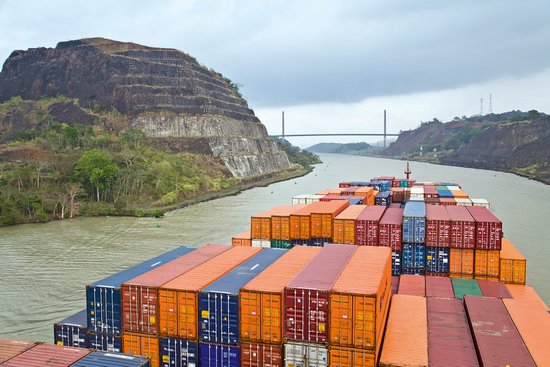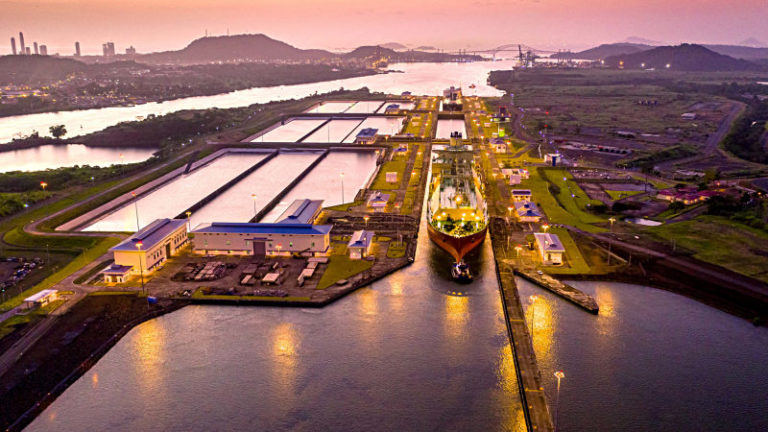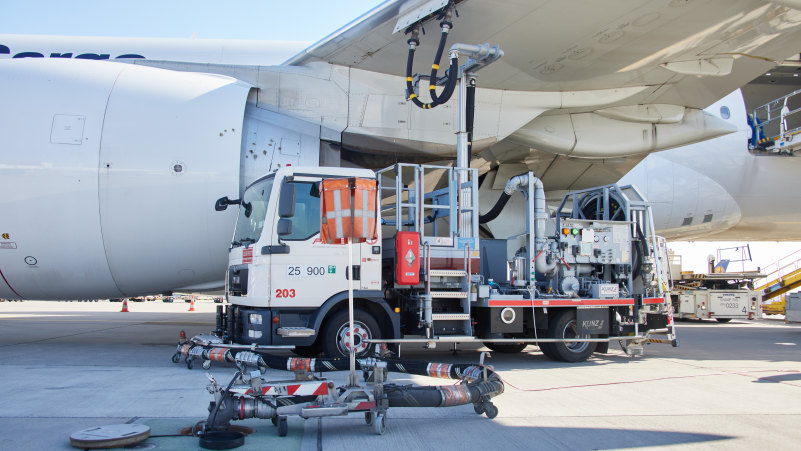Expected rainfall in Panama raises hopes that canal capacity will return to normal levels, which range from 34 to 38 transits, with an average of 36. Recent droughts had forced the Canal Authority to drastically reduce transit numbers, prompting several shipping companies to revise their routes. Among these was Maersk, which announced in January 2024 that its container ships from the OC1 service would bypass the canal and instead transport containers across the isthmus by train. However, on April 16, the Panama Canal Authority indicated that the number of transits could increase starting in May.
Before this increase, there will be a week of scheduled maintenance at the Gatun Locks from May 7 to 15. This will cause a temporary reduction in daily transits through the Panamax locks, decreasing from 20 to 17. Following this maintenance, however, an increase in transit capacity is expected: from May 16 to 31, the number of daily transits through the Panamax locks will rise from 17 to 24. The expansion of capacity will continue with further improvements from June 1, when daily transits through the Neopanamax locks will increase from seven to eight.
Another significant change announced is the increase in the maximum draft permitted for vessels transiting through the Neopanamax locks. Effective June 15, this limit will be raised to 13.71 meters, up from the current limit of 13.41 meters. This adjustment is based on a detailed analysis of water availability and takes into account projections for Gatun Lake levels, ensuring optimal conditions for navigation.
The Authority anticipates a full return to normal operations in 2025. Another sign of improvement comes from Maersk, which announced on April 16 that its OC1 service container ships (connecting Asia with the U.S. East Coast) will resume using the canal from May 10.
































































